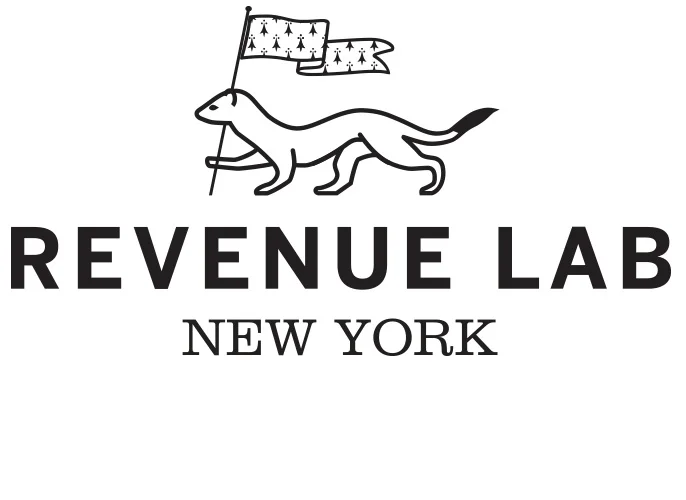The Big Picture is constructed around the idea that beautiful photography makes for a more compelling, shareable story. Photos come from sources as prominent as the Associated Press and Getty, and as obscure as a freelancer making pennies on the dollar. The result is a crop of top news stories told through a series of images, with only brief captions providing the context. This is a big social play, to be sure, meant to drive user engagement. The strategy pays dividends for The Globe's brand.
Overall: 5.67
Revenue Potential: 4
The lone ad throughout the entire portal is a targeted banner, displayed tastefully across the top of the The Big Picture's homepage. Another revenue stream comes in the form of user surveys, which appear throughout browsing, and require answers for the user to continue browsing. These single-question pop-ups typically focus on a brand/potential advertiser, and customer answers become sellable market research. One avenue worth exploring to increase revenue further would be implementing native ads, with brands using photos to tell their own stories.
Value to Brand: 7
This is where The Big Picture shines. Using high-quality, artfully-snapped photos, reminiscent of photojournalism's heyday, when outlets like Life Magazine thrived, The Big Picture is built for social sharing. This, in turn, helps spread the Globe's brand and influence.
User Experience: 8
The Boston Globe should be commended for opting not to take the slideshow route, which would be a tempting choice with a product of this nature. The single scroll display is a breath of fresh air in a world of clunky digital slideshows. However, this design choice does affect the load time for each story's page, as these high-quality images come with the file size to match. The issue is especially apparent on the desktop display.
Published by The Boston Globe:
The Big Picture

